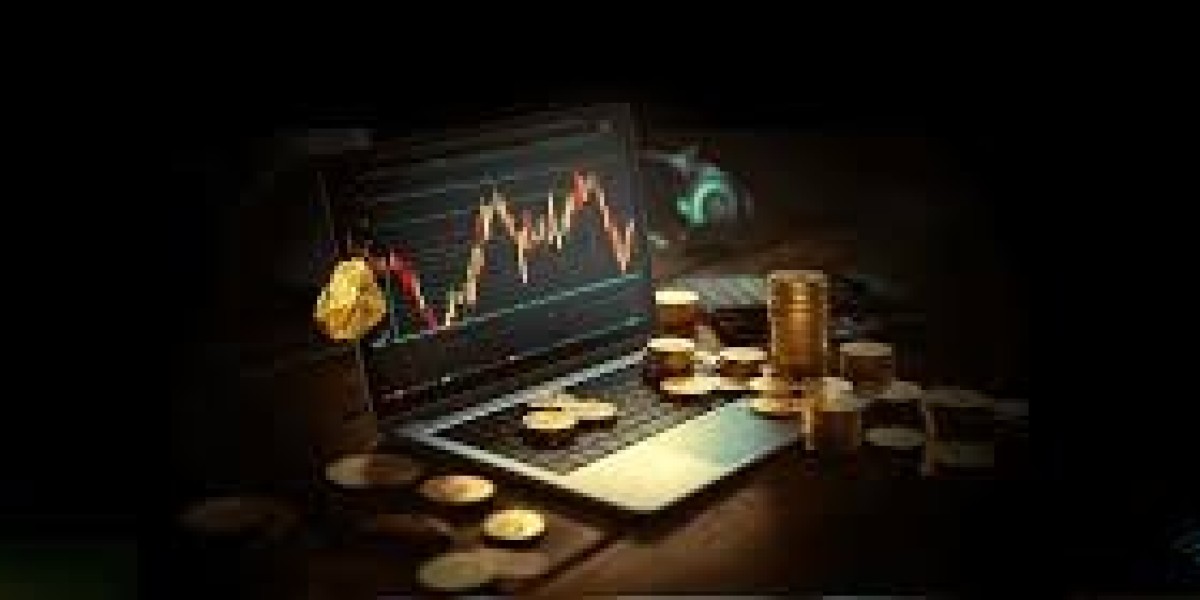Navigating the World of Gold Trading Platforms: A Comprehensive Guide
Gold has long been seen as a symbol of wealth and a safe-haven asset during times of economic uncertainty. In today’s digital age, trading gold no longer requires ownership of physical bars or coins. Instead, investors can tap into the gold market through various gold trading platforms that offer efficiency, security, and convenience.
Whether you're a seasoned trader or a beginner looking to diversify your portfolio, understanding how these platforms work is crucial. This blog will walk you through what gold trading platforms are, the types available, and how to choose the best one for your trading needs.
What is a Gold Trading Platform?
A gold trading platform is a digital interface—typically a website or mobile app—that allows individuals or institutions to buy, sell, and speculate on the price of gold. These platforms can offer various forms of gold exposure, including:
Physical gold purchases
Gold futures and options
Gold ETFs (Exchange-Traded Funds)
CFDs (Contracts for Difference)
Gold mining stocks
Depending on your risk appetite and investment strategy, different platforms may be more suitable than others.
Types of Gold Trading Platforms
1. Brokerage Platforms
These are financial service providers that allow you to trade gold-related assets like ETFs, stocks, and options. Examples include:
E*TRADE
TD Ameritrade
Interactive Brokers
Ideal for: Long-term investors and those looking for indirect gold exposure.
2. CFD Trading Platforms
CFD platforms let you speculate on the price movement of gold without owning the underlying asset. These platforms typically offer high leverage and are more suitable for experienced traders.
Popular platforms:
IG
eToro
Plus500
Ideal for: Short-term traders and those comfortable with higher risk.
3. Precious Metal Dealers
These are specialized platforms that allow users to buy and sell physical gold (bullion, coins, etc.), often with storage and insurance options.
Examples:
APMEX
JM Bullion
BullionVault
Ideal for: Investors who prefer to hold tangible gold.
4. Commodity Exchanges
Professional traders often use exchanges like the COMEX or London Metal Exchange (LME) to trade gold futures and options.
Ideal for: Institutional investors or advanced traders with knowledge of derivatives.
Key Features to Look for in a Gold Trading Platform
When choosing a gold trading platform, consider the following factors:
Security: Look for platforms that use encryption, two-factor authentication, and are regulated by reputable financial authorities.
Fees & Spreads: Understand the cost structure—trading fees, storage fees (for physical gold), or spreads (for CFDs).
User Interface: A clean, intuitive interface is essential, especially for beginners.
Leverage Options: CFD platforms often offer leverage, which can amplify both gains and losses.
Market Access: Check if the platform provides access to different gold products (ETFs, futures, physical gold).
Educational Tools: Good platforms offer tutorials, research tools, and market analysis to help you make informed decisions.
Pros and Cons of Trading Gold Digitally
✅ Pros
High liquidity
Diversification
Safe-haven asset during market volatility
Easy to access through digital platforms
❌ Cons
Market risk and volatility
Storage and insurance costs (for physical gold)
High leverage can lead to significant losses
Some platforms have complex fee structures
Final Thoughts
Gold trading platforms have made it easier than ever to invest in one of the world’s oldest and most trusted assets. Whether you're hedging against inflation, diversifying your portfolio, or actively trading, there’s a platform tailored to your needs.
As always, make sure to do thorough research, understand your investment goals, and consider your risk tolerance before choosing a platform. With the right tools and knowledge, gold can be a powerful component of your investment strategy.







